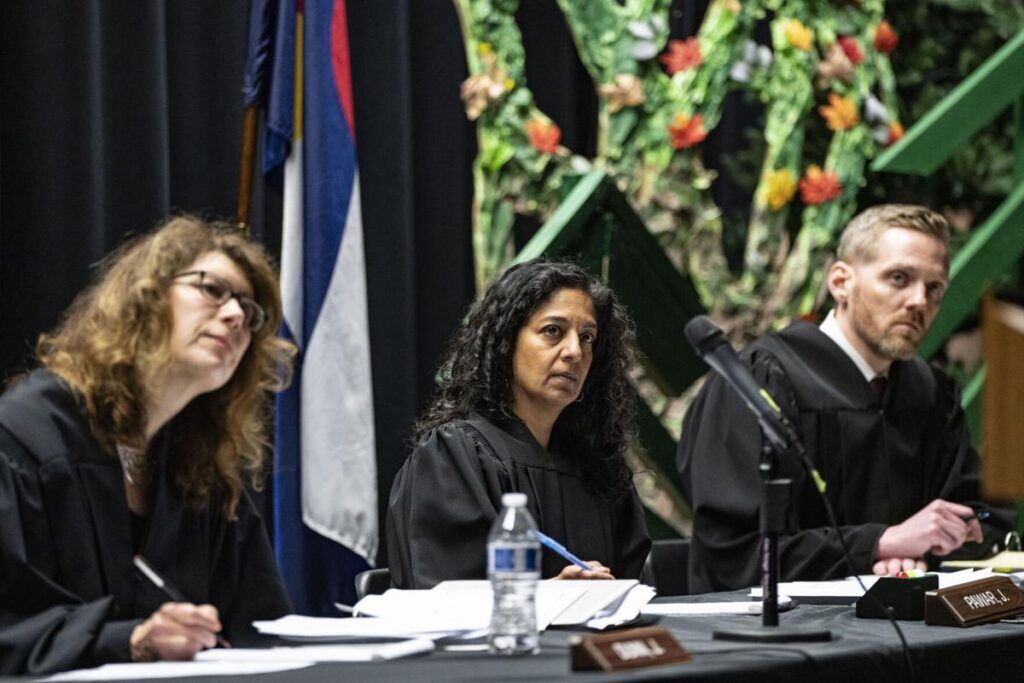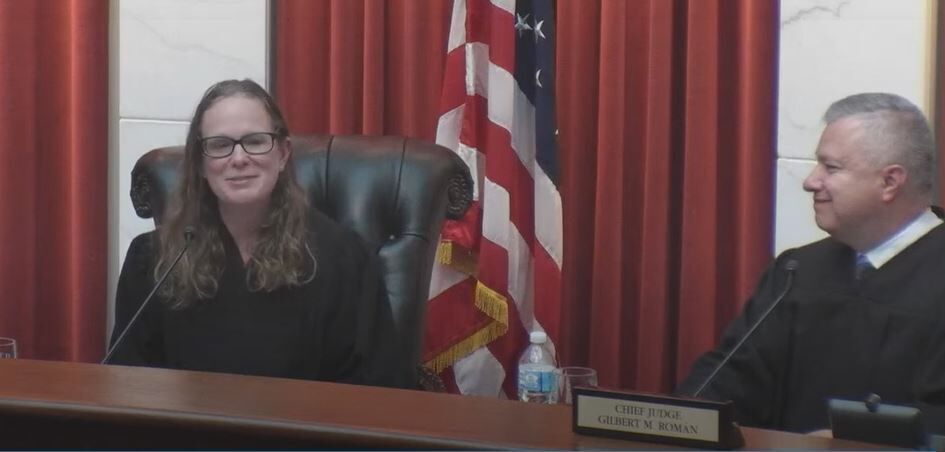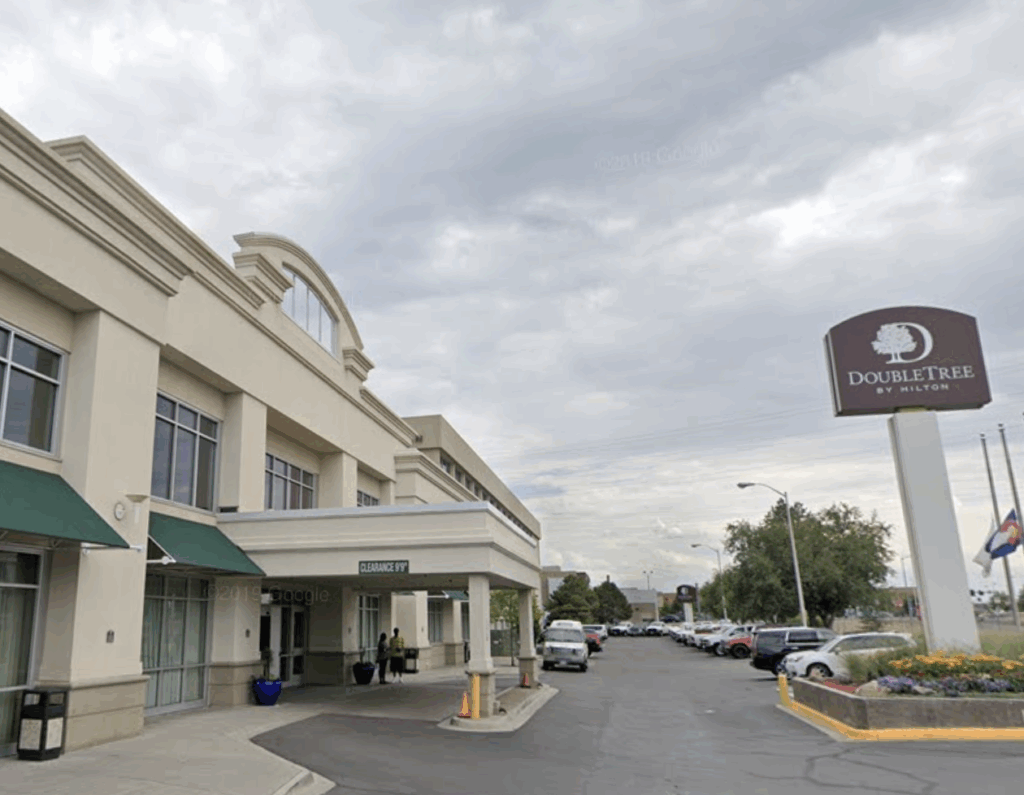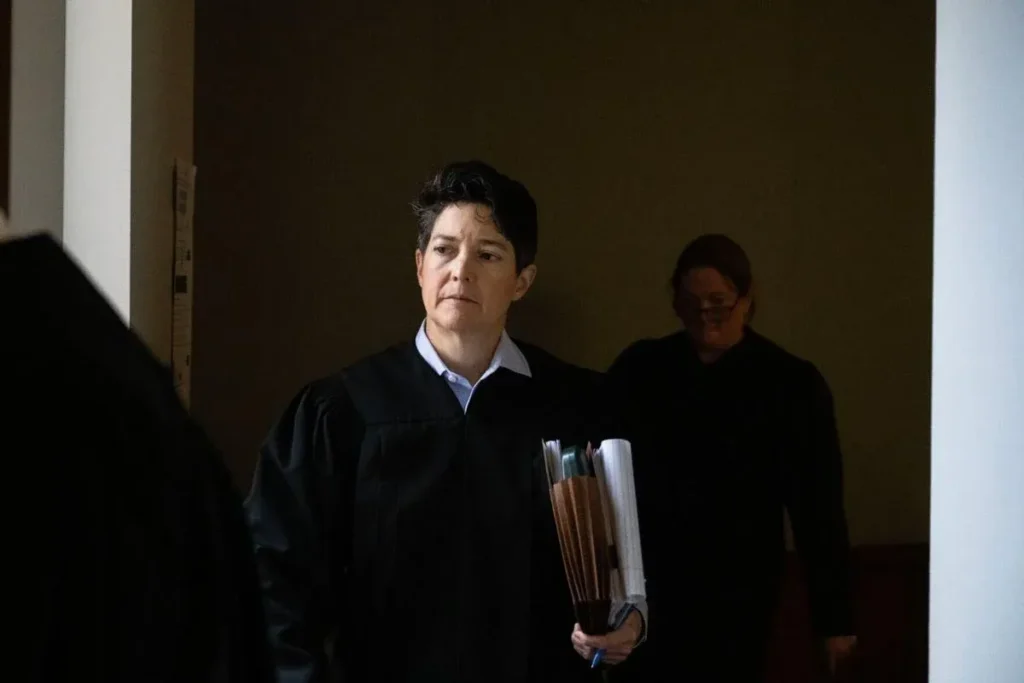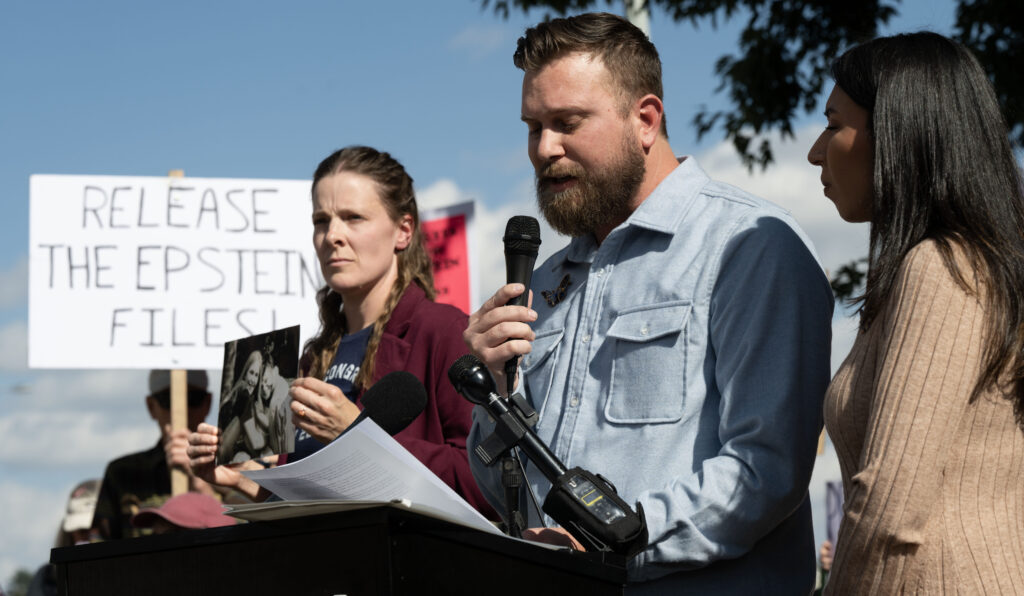Not everything is rosy with jobs in Colorado
For Colorado residents hunting for jobs that pay enough to live on, reports of the state’s low unemployment rate and rapid population growth can be very disheartening. It seems everyone else has a job except you, often a depressing thought.
However, a recent study digs deeper into the numbers and finds that job hunters’ perceptions of the state’s employment situation are less positive than as portrayed. And as the 2017 legislative session begins, state lawmakers will be presented with the study’s findings, in hopes of doing something to help workers and job hunters.
The annual study collects critical data to look beyond broad-based economic indicators and better understand how the economy affects Coloradans across the income spectrum and throughout the state.
It’s true that Colorado is doing well across several job-related measures. Since 2007, the state has gained nearly 271,000 jobs. And Colorado’s median household income finally surpassed the pre-recession level, reaching $63,900 last year.
But according to the State of Working Colorado 2016 study by the Colorado Center on Law and Policy, a growing number of Coloradans face wage stagnation, under-employment, race-based income gaps and poverty as Colorado’s cost of living continues to surge upward.
Among this year’s findings:
Though job creation has been strong in Colorado, overall labor force participation is still below pre-recession levels. The people most prominently missing from Colorado’s labor force are men between the ages of 25 to 54. Labor force participation among men of color rose faster than for white men during the economic recovery. Those who experience long-term unemployment are more likely than those who experience short-term unemployment to drop out of the labor market.
Michelle Webster, manager of research and policy analysis for the center, said the main reason men do not return to the labor force is because the available jobs require a higher education compared to their earlier jobs.
“We used to have an economy where men would get trained for a manufacturing job and they had good-paying jobs,” she said. “Those jobs have mostly been replaced by technology, and the areas with most of the new jobs are in the service industry, education, health care, administrative positions, retail or tourism.”
The median hourly wage has fallen or remained flat since the recovery began in 2010. Economic gains are increasingly concentrated among a small share of high earners in the state. Meanwhile, a growing number of jobs pay less than what’s needed to support the health and well-being of most Coloradans. In 2000, an estimated 10 percent of jobs paid less than the self-sufficiency wage. By contrast, that number more than doubled to nearly 21 percent of jobs in 2015. The median hourly wage in Colorado was $18.49 in 2015, still below the 2007 median wage of $19.32.
Job growth isn’t keeping up with Colorado’s population growth. As of September, Colorado’s economy had 2.62 million jobs. But to keep up with the state’s rapid population growth, Colorado needs to create nearly 118,000 additional jobs, or an average of 7,500 jobs a month over the next three years, to return to pre-recession employment levels.
Of the jobs that were created, many are lower paying. Webster said the state may be nearing a “point of reckoning that our jobs are important and should pay enough to meet basic needs. Because right now, most of them don’t.”
State voters approval of Amendment 70 to gradually increase the state’s minimum wage to $12 an hour will help, she said, but overall wages remain low. And up to 40 percent of the state’s workers report they have no paid sick time or personal leave, a big part of overall job quality.
“I think we’re close to the point were employers will start to feel the pressure to raise wages, because this is just not sustainable,” Webster said.
Involuntary part-time workers remain above historic levels; despite a steady decline since 2010, 15.4 percent of part-time workers want a full-time job. That’s still slightly above the pre-recession level.
A significant number of Coloradans live in poverty. The report found more than one in four households in Colorado can’t meet their basic needs without public or private support. Additionally, an estimated 294,000 Coloradans live in “deep poverty,” defined as $5,885 per year for an individual and $10,045 for a family of three last year.
Race-based economic disparities remain a persistent problem in Colorado. By 2050, 48 percent of the state’s labor force will consist of people of color, primarily Latino. Median household income among Latino households increased by 9 percent between 2007 and 2015, but still lags significantly behind white median household income. In 2015, Latino median income was $46,000 or 65 percent of the white median income of $70,500.
Trying to find solutions challenging
Webster said the Colorado Center on Law and Policy will present the study findings to state lawmakers in late January, in hopes of seeing bills introduced to address areas of need identified in the study.
One legislative change that could help workers earn more money is allowing local municipalities to set minimum wages higher than the state, Webster added. A bill that would have done that failed two years ago.
“Right now, there’s only a handful of small counties where a single worker can live on the minimum wage without any (financial) help” from state or federal programs, Webster stated. “Once you start to see wage adjustments to address that, you’ll see a ripple effect as pay ladders are adjusted.”
Webster also said there was “a lot the general assembly could do with income disparity, the median hourly wage, more access to paid sick and personal leave time.”
“Those things used to be part of an employment contract and they helped make a job a good job,” she added.
Job and income issues are not limited to Colorado, either. Webster said general election results at the national level showed people across the country were frustrated that the national economy wasn’t working for them.
While some states and the federal government are doing a better job of connecting high school graduates with career paths, Webster said, “college is not for everyone, so areas like construction and outdoor economy training programs are a good step” for Colorado.
And Webster noted Colorado had never been a strong employee union state, despite national studies consistently finding states with strong unions had higher wages.
“I’m not sure why Colorado has never had more pro-union participation,” she said. “Federal policy could be changed to make collective bargaining available in more industries, and we had seen some movement in that direction before the recession. But right now, the environment just doesn’t seem to be friendly to workers and I think it will be short-sighted to not have a thriving, growing economy without a strong middle class” that could benefit from strong unions.


